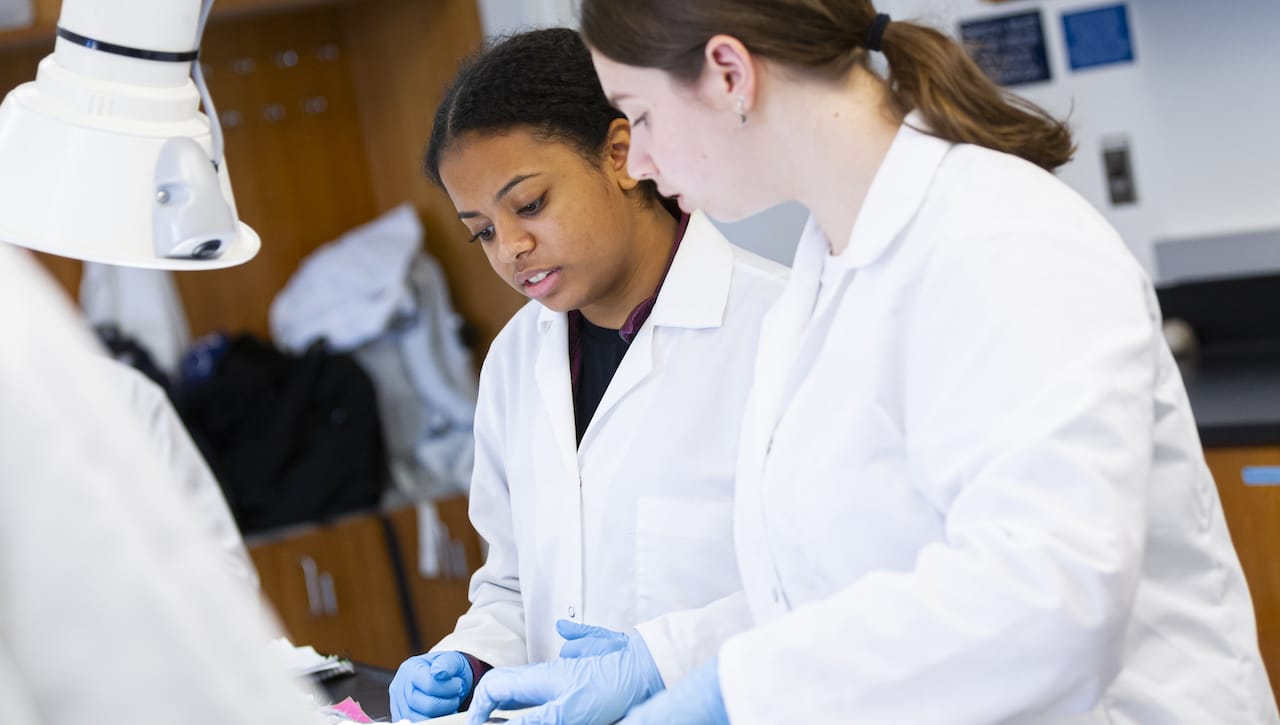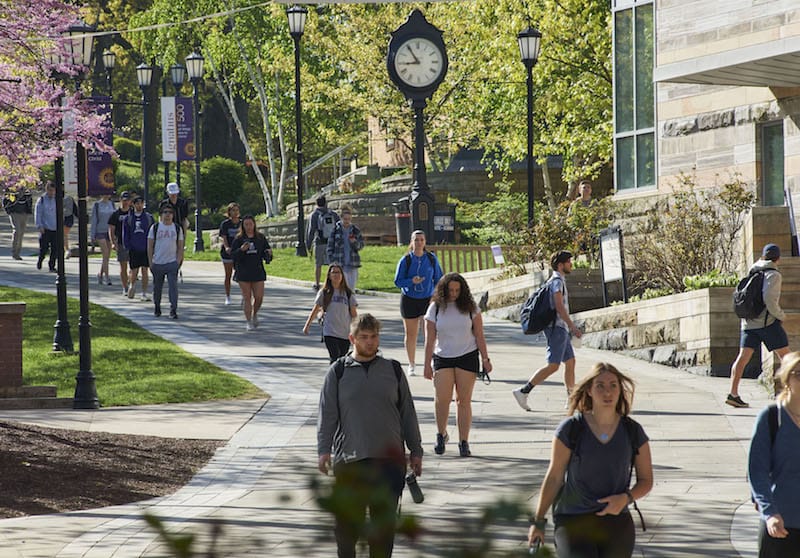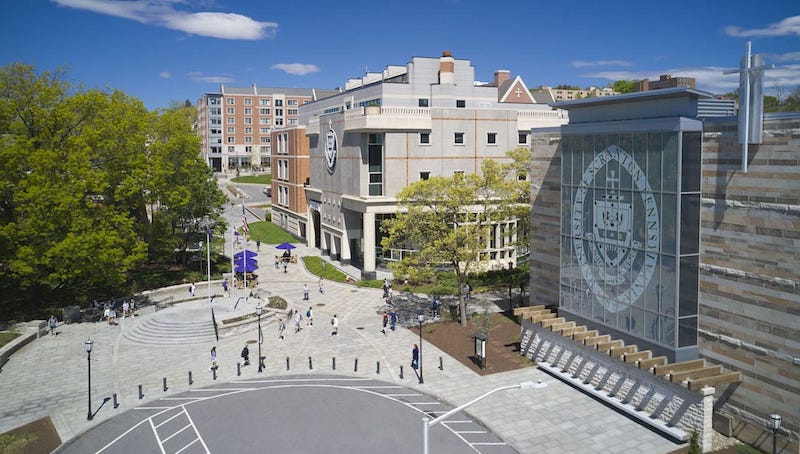University of Scranton Among Best Values in U.S.

Money magazine gave The University of Scranton its second highest star rating in its selection of the 2023 “Best Colleges in America” based on value. The University of Scranton received a four and one-half star rating based on the magazine’s analysis of dozens of data points to evaluate affordability and student outcomes.
Just 34 colleges in the nation received Money’s highest rating of five-stars, which included many the nation’s ivy league and near-ivy league schools. Scranton was among 189 schools in America to receive the second-highest, four and one-half star rating, which included highly-regarded Jesuit schools like Boston College and the College of the Holy Cross and prestigious schools in Pennsylvania such as Carnegie Mellon University and Villanova University.
Money rated less than 800 colleges in the nation with two and one-half to five stars. Colleges not included in its listing failed to meet Money’s initial screening requirements, such as having at lease 500 in-person undergraduate students or 150 full-time faculty members, having sufficient data to analyze, and other criteria. According to Money magazine, “the most common reason colleges don’t make the cut is that their six-year graduation rate is too low.”
The factors Money used in assessing the value of the education provided by colleges included an analysis of the schools’ quality (30 percent) and affordability (40 percent) and the outcomes of graduates (30 percent).
The factors Money analyzed to determine a college's “academic quality” included the six-year graduation rate, the standardized test scores of incoming students, the student-faculty ratio, financial stability and the graduation rate of Pell Grant recipients, among other factors. The analysis also included “value” assessments that looked at a school’s predicted graduation rates based on the academic and economic profile of its student body versus its actual graduation rates.
The criteria used to assess “affordability” included an estimate of the “net price of a degree,” which assessed tuition, the time it takes for students to graduate, and the school’s average financial aid offered to students. The “affordability” criteria also looked at student debt, student loan default rates, and student loan default rates adjusted for the economic and academic profile of a school’s student body, in addition to other factors.
The factors Money used to assess “outcomes” included the average salaries of students ten years after enrollment based on data from U.S. Department of Education’s College Scorecard as well as salaries of graduates adjusted by major. In addition to other factors, the “outcomes” criteria looked at socio-economic mobility data from Think tank Third Way that measures a college’s share of students from low- and moderate-income backgrounds as well as the cost and payoff of a degree for those students.
Money’s 2023 “Best Colleges in America” rating was published online July 12.
This is the eighth consecutive year that Money included Scranton in its published list of America’s best values in college education.












